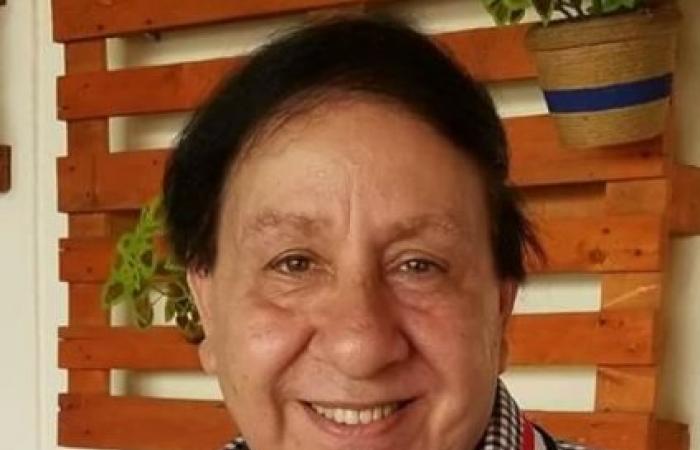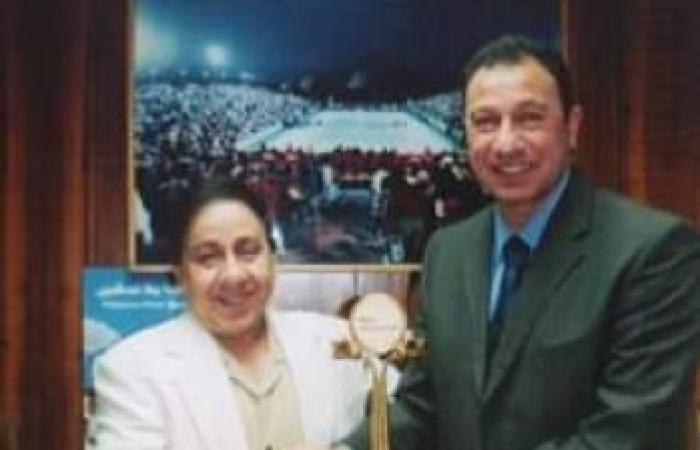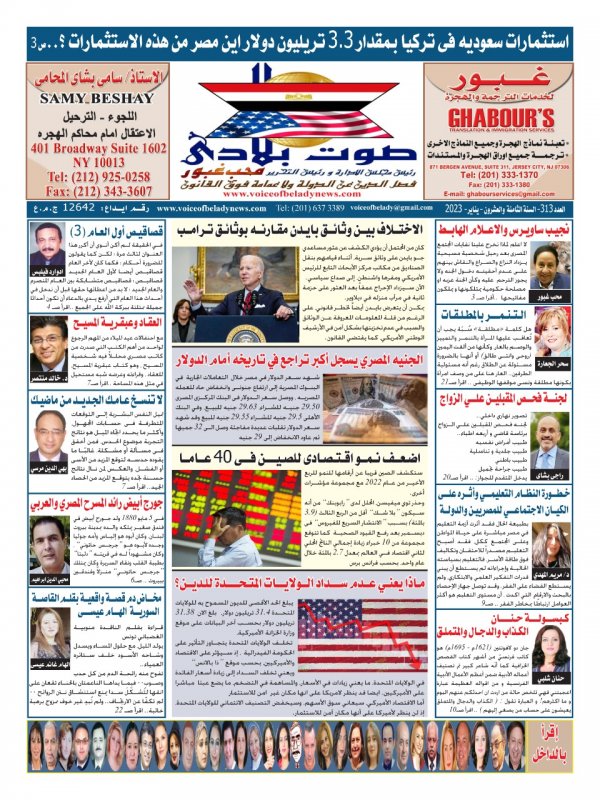The cultural stock of the Egyptians, both apparent and latent, makes them feel sad and anxious when they lose any green
outlet in their lives. We see the uprooting of every tree as a crime in itself, regardless of the justification or motive. Even pruning trees sometimes bothers us and feels like an assault. And if the current tyranny has many manifestations on all political, economic and social levels, the impact of uprooting all that is green for the motive of “development” will remain embedded in the memory, despite its symbolism.
There is a fierce attack on green spaces in the cities of Egypt. Trees are uprooted with vigor and enthusiasm from within a narrow space on the Corniche of Mansoura City as well as the vicinity of the Nile in Zamalek, and the squares are being re-planned in Heliopolis in a way that completely destroys the tree presence in it. In the Egyptian urban culture, and urban ones in particular, there is a clear relationship between the richness of the region and its high level On the one hand, and between the size of the green spaces in it and the density of its trees on the other hand, since the days of Al-Rawda Island and the Birkat Al-Fil area in Al-Sayeda Zeinab in Old Cairo. And the shadows generated by the presence of trees and green spaces, the possibility of breathing, hiking and eye comfort. The neighborhoods of Maadi, Zamalek, Heliopolis, and Garden City were not the most prestigious because their buildings were necessarily the tallest or most beautiful, but rather because the abundance of green spaces in them contributed greatly to defining their "upscale" identity.
Wageh Gerges writer, writer and member of the Egyptian Writers Union




 رئيس التحرير يكتب : من التراب وإلى التراب يعود .. تحويل جثث الموتى إلى سماد عضوى
رئيس التحرير يكتب : من التراب وإلى التراب يعود .. تحويل جثث الموتى إلى سماد عضوى
 رئيس التحرير يكتب : لماذا تصر الحكومة على استمرار شريف أبو النجا رئيسا لمستشفى 57357 رغم الشواهد العديدة على فساده
رئيس التحرير يكتب : لماذا تصر الحكومة على استمرار شريف أبو النجا رئيسا لمستشفى 57357 رغم الشواهد العديدة على فساده اقرأ في العدد الجديد ( عدد يناير ٢٠٢٣ ) من جريدة صوت بلادي
اقرأ في العدد الجديد ( عدد يناير ٢٠٢٣ ) من جريدة صوت بلادي









